Why The Impact First vs Finance First Debate In Impact Investing Shouldn’t Be A Debate
Lately I’ve noticed that more and more of our peers have started coming out of the closet. No, not that closet. More of our fellow impact investors are proudly pronouncing that they are deploying their capital to have impact and that their financial goals are more modest – capital preservation or a sub-market return. These “impact first” investors are moving out of the defensive crouch that seemed to characterize this approach in the early years of the industry when it seemed so many were intent on proving that we can do good and do well at the same time.
There’s nothing wrong with doing well and doing good; I believe that there are many industries and segments that allow for both, but it doesn’t work for every problem. This isn’t a new thought—our friends at the Omidyar Network have been advancing a “beyond trade-offs” framework for a more nuanced understanding of the industry for some time.
Unfortunately, for a long time it felt like the industry looked down on those of us intentionally willing to sacrifice financial return in order to work with the riskiest ventures and the neediest people. It felt like we always needed to compete in some way with our commercial cousins out there, judging everything by IRR. The problem was exacerbated by the fact that we’ve historically struggled to define impact in ways that were comparable. It’s hard to counter an IRR comparison with “yeah, but my impact is bigger than yours…” when no one agrees on what impact is or how it should be measured.
When Diane Isenberg published her terrific manifesto about how Ceniarth LLC is moving 100% of their assets toward an impact-first, capital preservation strategy, I thought that the tide was changing. I may have been premature there – I saw Diane at SoCap a few months later and she suggested the industry had not warmly received her post. Nonetheless, a more complicated picture of the impact investing ecosystem has been emerging. It isn’t a simple two-dimensional line with impact at one end and finance at the other, every deal creating a simple equation that favors one side or the other. Impact investing is multi-dimensional and there is room for an array of priorities.
In this more complicated picture of our world, there is more room to proudly position an organization as pure impact. I was struck this spring when the new CEO of Kiva, Neville Crawley, described Kiva Capital and their plans to become a multibillion dollar fund manager where “the entire goal is…impact.” He describes a hunger from institutional funders for an asset manager that is truly impact first. While Kiva’s brand has always been imbued with impact, Kiva Capital is a different direction for them. It’s wonderful to see them taking their industry credibility into a more traditional set of investing activities and bringing the impact with them. It remains to be seen how that translates into returns, but in the spirit of starting with the end in mind, it is still a very clear message.
The promise of impact investing for Upaya has never been about doing well by doing good. It has always been about increasing our ability to reach more of the extreme poor – doing well enough to do more good. Reaching the poorest of the poor is challenging; making lasting change in their lives is expensive. Our approach of investing in companies that create jobs for the poor is a means to an end. If we can invest in growing companies that do well enough that our investment gets returned to us, then we get to invest in other companies—or return capital to our pool of recoverable grants funders. So I would never say that financial returns don’t matter to us. They matter a lot. If we were to invest in a company that was very successful and gave us a 10X return, I would still need to know how many families were lifted from extreme poverty before I could say whether it was a good investment.
Once we get past the simple binaries of whether a deal is legitimate or not based on how much money it makes, we need to get much more concrete about how much impact it creates. That is the new frontier of impact investing—being able to talk in comparable, concrete terms about the level of impact created. In recent years, there has been an upswell of energy in tackling this knotty problem and Upaya is happy to participate in these industry initiatives. Defining a quantum of “good” is never going to be as easy as defining a financial return, and knowing the right level of effort to collect that information is an open question, but if we want to see our industry mature to its full potential, this has to be our next challenge: an indisputable response to “my IRR is bigger than yours.”
ABOUT UPAYA SOCIAL VENTURES:
Upaya Social Ventures is building a dignified economy by providing investment and support to early-stage businesses creating sustainable livelihoods for people living in the most extreme poverty.
Upaya’s award-winning impact-first model seeks out and supports oft-overlooked companies creating work that is safe, stable, inclusive, and rewarding—generating a transformative impact on families, communities, and economies.
Since its founding in 2011, Upaya’s portfolio companies have created over 44,000 dignified jobs across India. Please visit upayasv.org for more information.
MEDIA CONTACT:
Madlin Dsilva
mdsilva@upayasv.org
